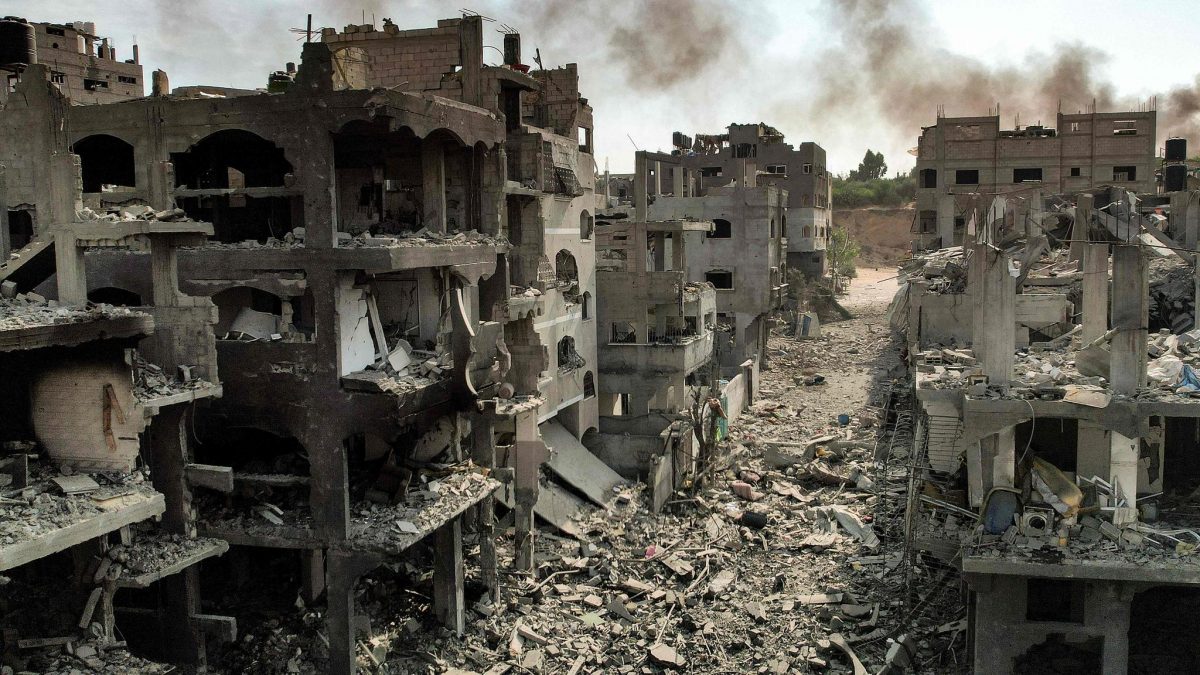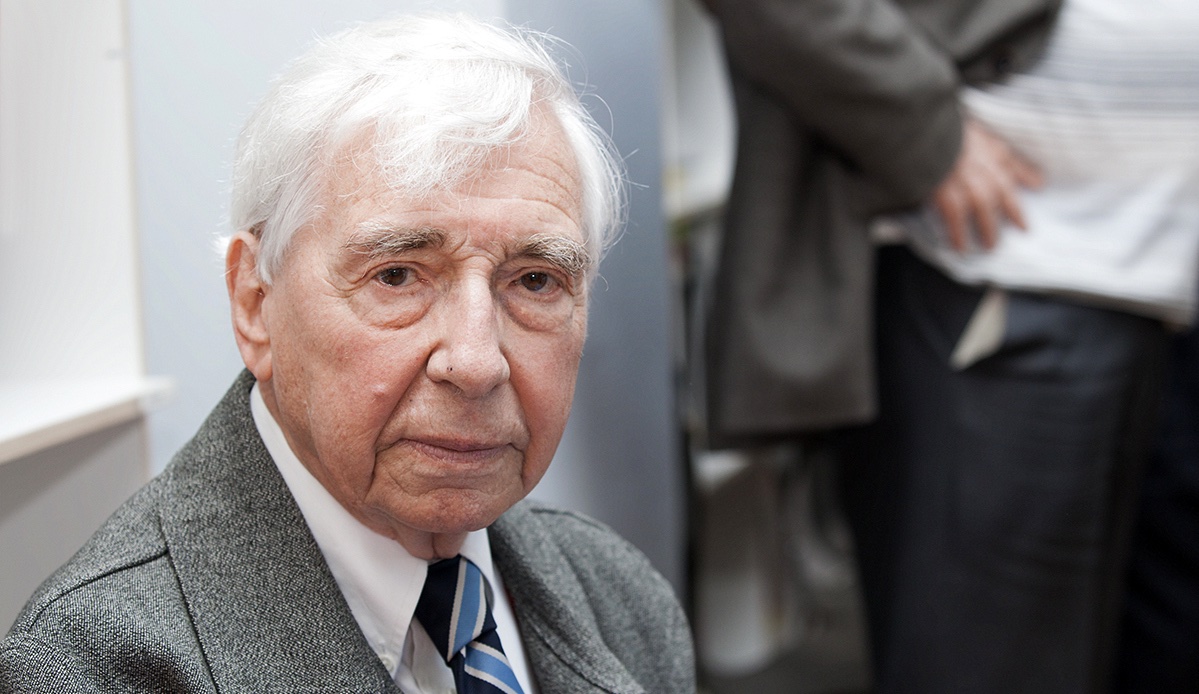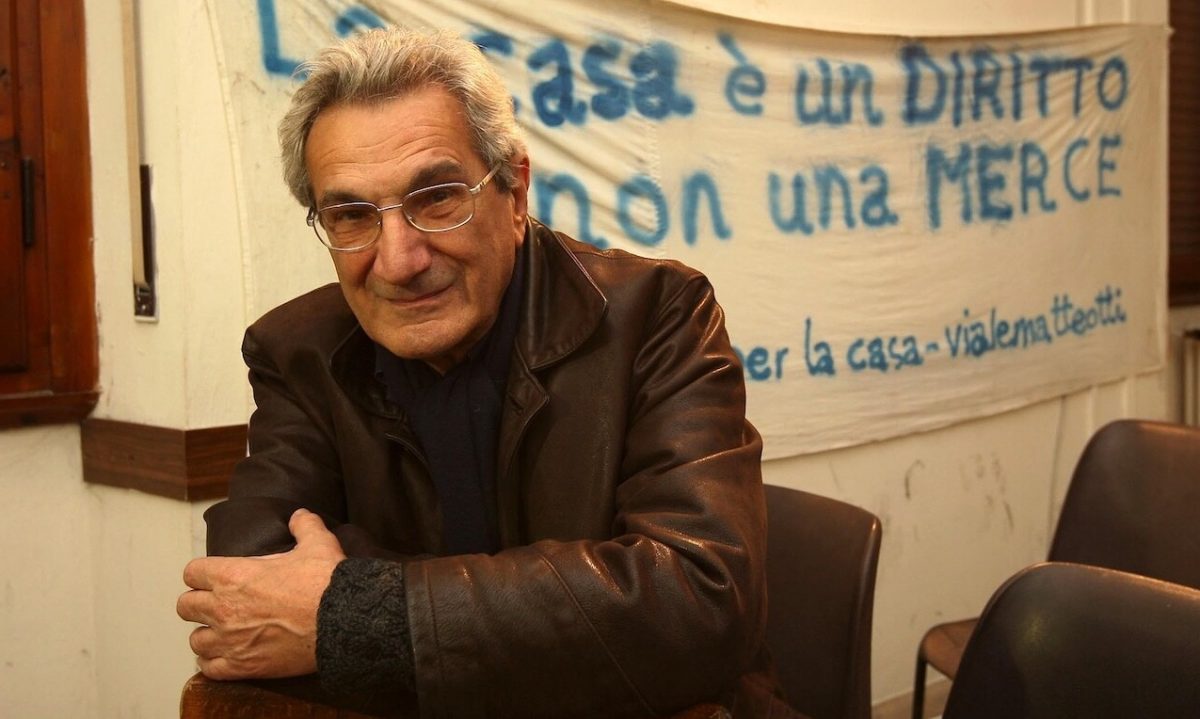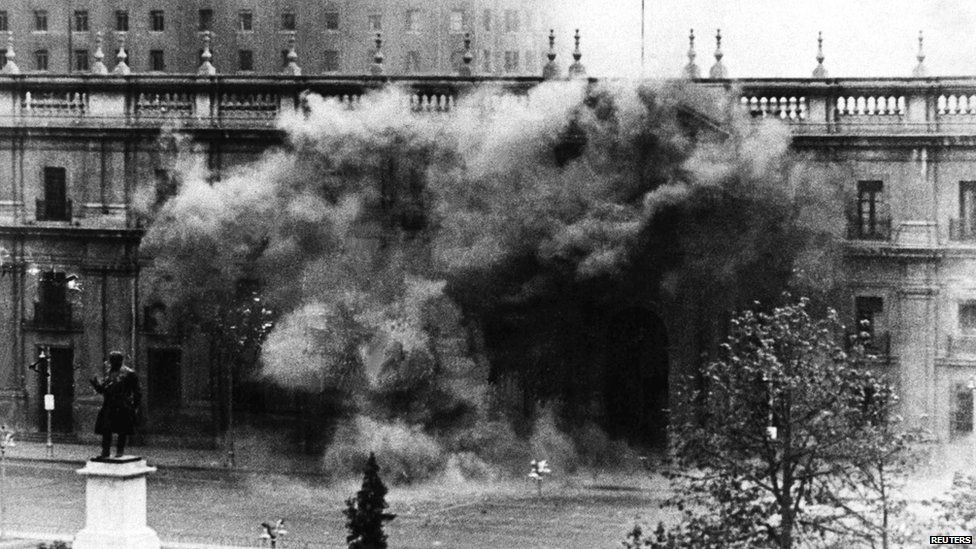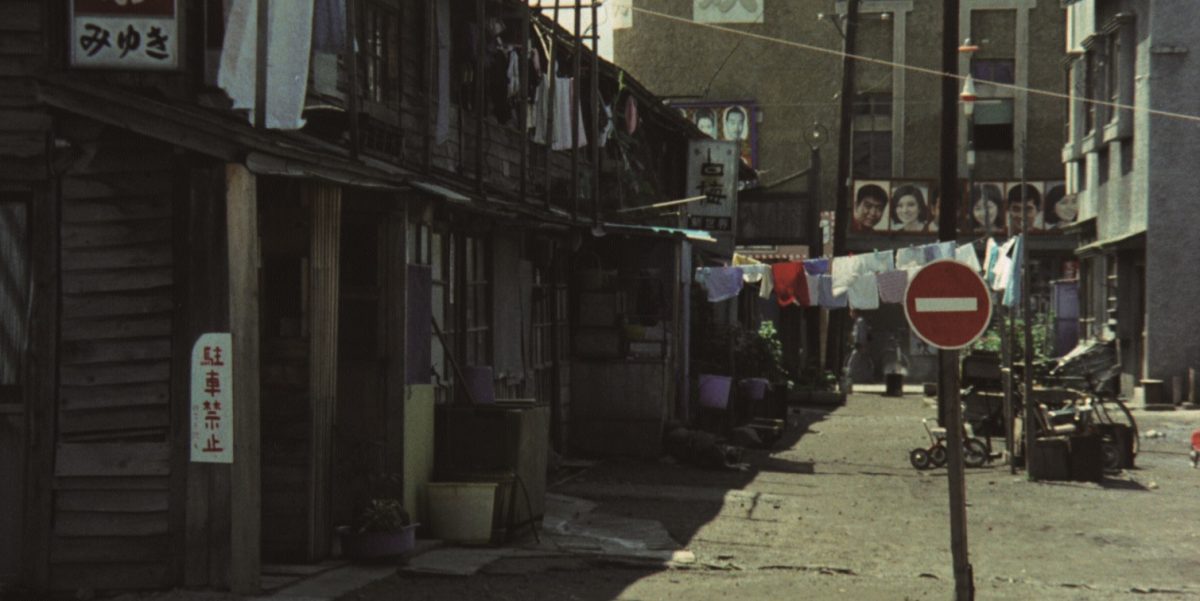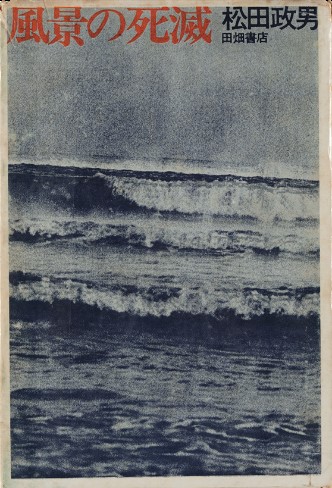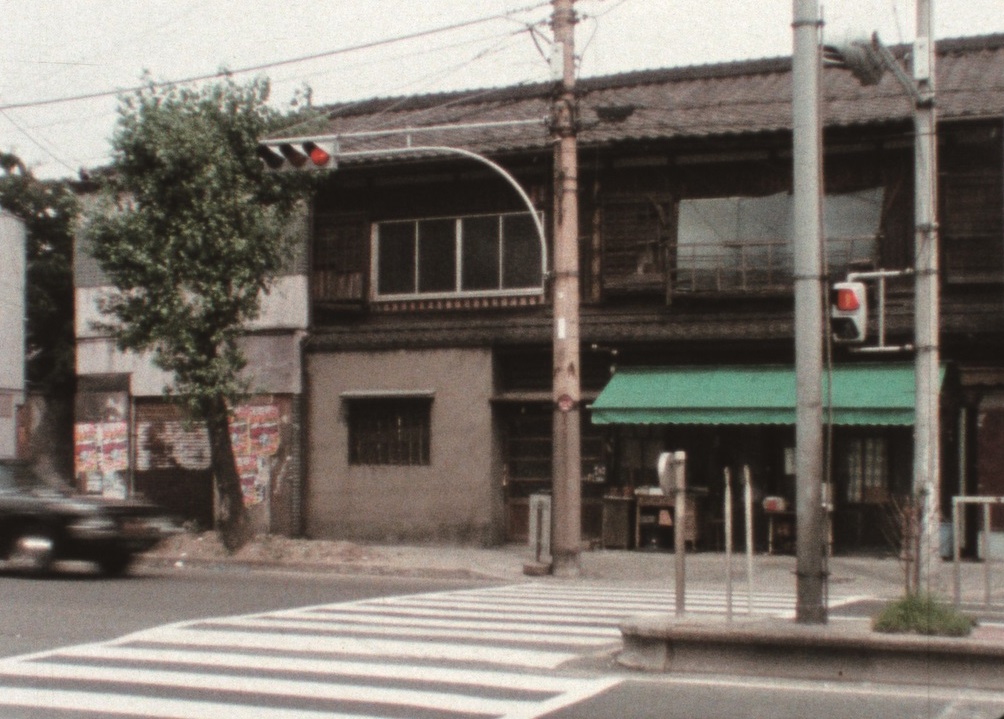The history of feminist filmmaking in Germany is multifaceted, even messy. The career of its eminence grise, Helke Sander, subject of a recent documentary, is a case in point. Cleaning House (Aufräumen) captures Sander in reflective spirit, endeavouring to ‘tidy up’ (aufräumen) both memories and possessions. Directed by a former student, Claudia Richarz, the film made its debut at the Internationales Frauenfilmfestival in Dortmund to an audience of grey heads; alumnae, one imagined, of the German women’s movement (younger viewers were notably absent). It was an appropriate venue: the festival originated as a counterpart to the journal Frauen und Film, which Sander founded in 1974. An interplay between criticism, feminist research, activism and filmmaking has characterised Sander’s career across the decades, though her avowed desire was always singular: to make films.
A member of the first cohort at the Deutsche Film- und Fernsehakademie Berlin, Sander’s classmates included future luminaries of the New German Cinema, Harun Farocki and Hartmut Bitomsky, alongside Holger Meins, later a member of the Red Army Faction. Her approach, mixing documentary and fiction, the personal and the sociological, was a product of this milieu. She was in her late twenties when she joined the academy in 1966, having already worked as a theatre director in Finland, where she had a child and married a Finnish writer. Her work would draw upon these experiences. In her best-known fiction, The All-Round Reduced Personality – Redupers (Die allseitig reduzierte Persönlichkeit – Redupers, 1977), Sander herself plays Edda, a young mother and photographer. Short of time and sleep, having to juggle childcare, work and activism, Edda’s is a familiar struggle to balance domestic labour, financial stability and personal or creative fulfilment.
Edda’s romantic relationship unfolds in the gaps between these different kinds of work. In one scene she reads the newspaper in bed while sharing an orange with her lover. In her characteristically dry tone, Sander’s voiceover tells us that her attraction to him consists primarily in his being ‘so minimally exhausting that she can just barely tolerate him’. The gendered economics of art making are brought into focus. Edda’s photography collective at one point reflects on an assignment they have received from the city government. The politicians and bureaucrats want to demonstrate their openness to ‘women’s perspectives’, but the collective is aware that the commission is driven by another factor: the low cost of women’s labour. In Sander’s films, political reflection happens on many levels, often taking the form of meta-commentary; here, the precarious situation of female artists draws our attention to the limited resources available for the production of the film itself, on its director’s creative ambitions.
Political agitation within the film world came to seem a necessity during this period: the subjects and stories that interested Sander and her feminist co-thinkers did not appeal to the predominantly male committees that made funding decisions. Women simply did not have access to the same resources. In 1973, Sander and fellow director Claudia von Alemann organised the first edition of the Internationales Frauenfilmseminar in Berlin, which showed forty films on topics such as women’s struggles for workers’ rights, their representation in the media, abortion, sexuality and the dynamics of the feminist movement. The event not only inspired women all over Germany to organise screenings, but also helped to form new networks. Frauen und Film became a focal point for feminist discussion of film in Germany and beyond. To be a militant within film politics, however, had never been Sander’s ambition, as she makes clear in Fantasie und Arbeit (2009), a joint autobiography she co-wrote with East German director Iris Gusner. Becoming an activist was necessary in order to create the conditions in which she could become a filmmaker.
Sander’s organising within German film was, nevertheless, of a piece with her earlier participation in Berlin’s feminist and student movements. In January 1968, Sander, with a group including Marianne Herzog – also later a member of the Red Army Faction – established a network of Kinderläden. A hundred women turned up to the first meeting, and the first five childcare centres were set up across the city. ‘It was like a Big Bang’, Sander recalled, ‘the scales fell from our eyes. Nothing like this had ever happened before: women gathering to solve a problem without first seeking advice from a man.’ In an infamous episode that same year she confronted the men of the Sozialistischer Deutscher Studentenbund: the lens of class struggle should be applied to relationships between men and women; action to redress this could not be put off until after the revolution. When the next speaker, a man, tried to proceed without responding to Sander’s point, a female member of the SDS threw ripe tomatoes at him (the incident became known as the Tomato Speech).
The dynamics of the student movement were at the centre of Sander’s second feature film, Der Subjektive Faktor (1980). Anni, the protagonist, moves into a commune with her child. The experience politicizes her, but she comes to realise that not only do women play a minor role in the movement, but their inequality is also considered merely an ‘additional contradiction’ (‘Nebenwiderspruch’), expected to resolve itself once the class struggle is won. Like most of Sander’s films, Der Subjektive Faktor presents one defined perspective – that of the protagonist – but many voices. These emerge primarily through dialogue and voiceover, but also through posters and flyers, diegetic video playing on a TV screen, and in documentary material woven into the film’s narration. In a long travelling shot, the film registers the various reactions – of women and men, ranging from disgust to disinhibited laughter – to the protagonist’s suggestion that women must be considered a ‘class’. A montage of documentary footage of men responding to the demands of the women’s movement follows. The combining of different materials and different aesthetic registers to present a set of political questions is characteristic. What does it mean to raise a young child in this politicised environment? What new forms of community are possible?
Though recognised as a pioneering filmmaker, today Sander is better known in Germany for her activism, in particular the Kinderläden project, which was foundational in the development of a nationwide network of childcare centres (the initiative was brought to completion by Ursula von der Leyen). The legal right to childcare – instituted in 2013 – is a great achievement, but it was only a part of what Sander and the West German women’s movement were fighting for. As a filmmaker, meanwhile, Sander remains little known outside of Germany. One factor may be her documentary Liberators Take Liberties: War, Rape, Children (1990) (Befreier und Befreite. Krieg, Vergewaltigung, Kinder) detailing women’s experience of rape in Germany at the end of the Second World War. Sander was accused of historical revisionism, of wanting to weigh these rapes against Germany’s atrocities (an objection she anticipated). What drove her was the realisation that a huge number – an estimated 2 million, according to her research – of the generation of women before her had been raped after the war, but had remained silent.
What of the conditions for feminist filmmakers in Germany today? The network ProQuote Film, founded in 2014, demands gender parity in funding committees as well as in the distribution of funds, echoing the demands of Frauen und Film. Today ‘female stories’ and plots with ‘diverse casts’ have become marketable, and while the crisis of cinema is ongoing, streaming platforms overflow with content featuring ‘strong women’. Yet while women filmmakers in mainstream cultural production have been able to increase their share of a shrinking industry, for more experimental, political filmmakers, seeking to work with less commodified aesthetics, the situation has hardly changed. Activism to create the conditions to be a feminist filmmaker remains an urgent task. Sander’s work – both her political activism and her filmmaking – prompt us to continue this struggle.
Read on: Frigga Haug, ‘The Women’s Movement in West Germany’, NLR I/55.

